#ethno
Text

49 notes
·
View notes
Text

Costume of the Karakachani ethnic group, Greece
35 notes
·
View notes
Text
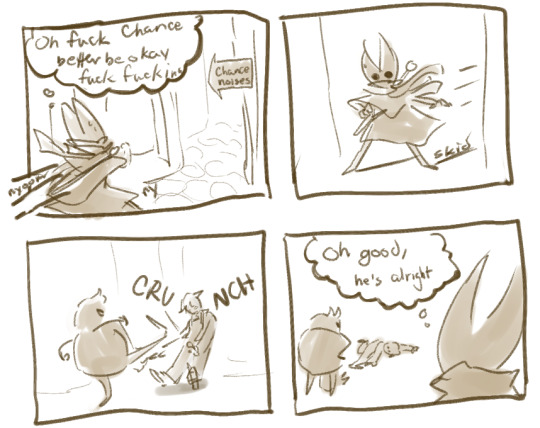
ur sense of what is 'okay' is a little skewed ms hornet
#ethno#my art#hornet#chance#comic#q#ehtno 39#chance fucked over lemm the absolute least out of everyone#everyone ever: fucking chance#local fanfic protagonist makes everything in a tragic game already worse. he then vows to fix it then makes everything EVEN MORE WORSE#love this guy: the fuckup
51 notes
·
View notes
Text
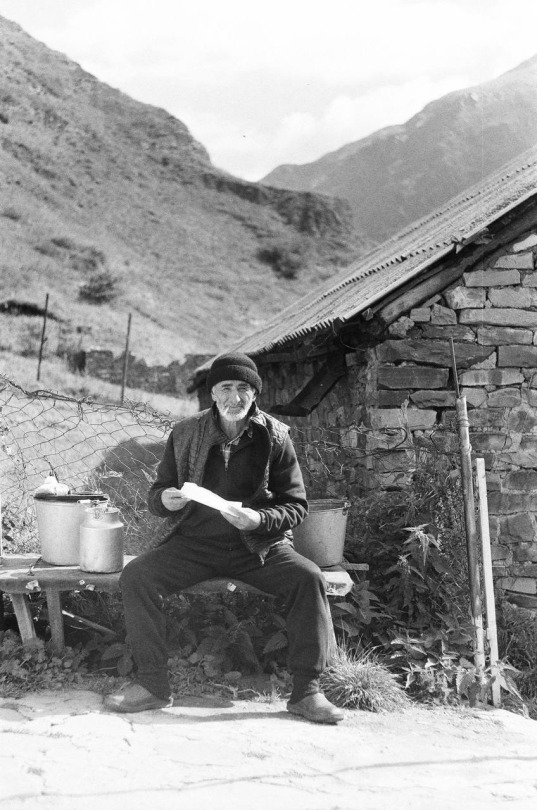

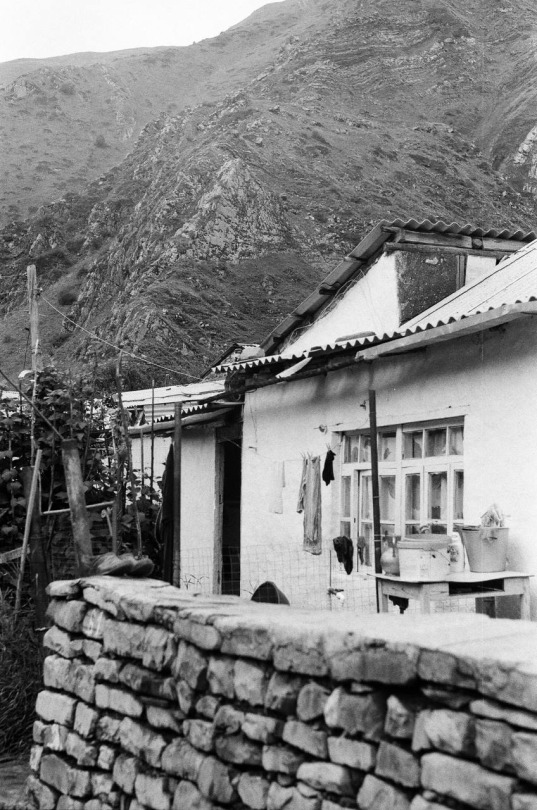


Лезгинское село Гдым, Ахтынский район.
Lezgian village of Gdym, Akhtynskiy district
#dagestan#кавказ#этника#дагестан#tradition#Caucasus#Caucasian#dagestanpeople#ethnographic#national fashion#national costume#dagestan village#village#ethno#ethnic#ethnic costume#caucasia#дагестанские традиции#национальный костюм#национальный#национальный колорит
27 notes
·
View notes
Photo
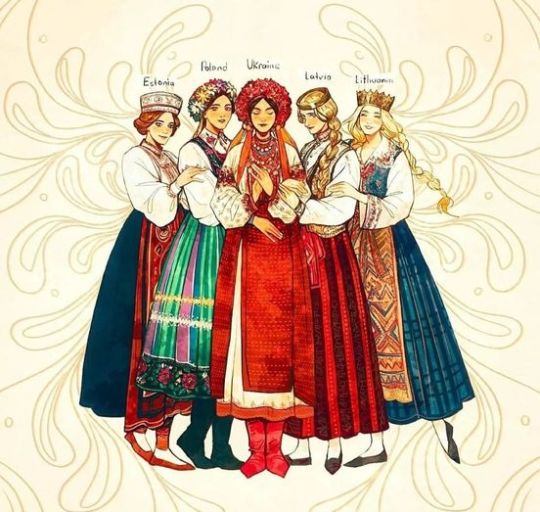
(c) @kudriaken
#Ukraine#Finland#Estonia#Latvia#Lithuania#Україна#Украина#Финляндия#��інляндія#Естонія#Эстония#Литва#Латвия#Латвія#етно#этно#ethno
729 notes
·
View notes
Text


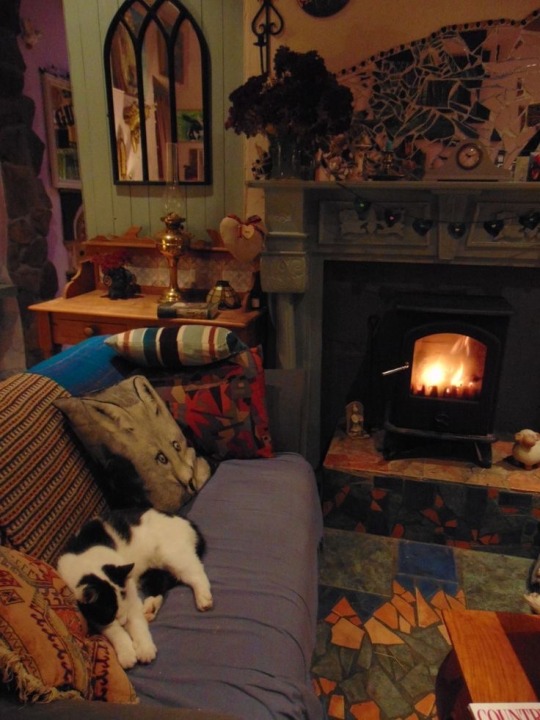
#love#vibes#personal#personal diary#earth#my post#fantasy#wild living#mood#witchcraft#moodboard#Pinterest#pinterest inspo#fashion#boho chic#hippie#ethno#jewellery#house#dream house#candles#ring#rings#ghostvvitch
11 notes
·
View notes
Text
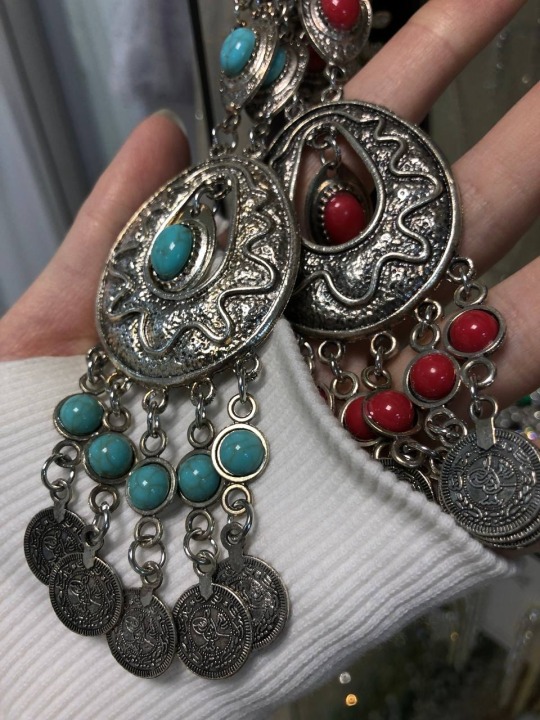

💘
2 notes
·
View notes
Text

8 notes
·
View notes
Text
the first two tracks from my album with MENGER & WOLFF
are out !
Check it out... get comfortable, relax , dream ,........
#new age#ambient#lounge#duo#project#smooth#relaxing#thoughtfulness#meditation#world#ethno#jazz#itunes#applemusic#spotify#amazonmusic#awa#pandora#qobuz#deezer
2 notes
·
View notes
Text
Люди соприкасаются с миром во всём его многообразии по средствам Музыки, состоящей из букета мировых культур планеты. Если в музыке могут гармонично сочетаться оттенки и самобытность мировых культур, значит Человечество способно жить в Согласии и Мире 🎧🎶❤
youtube
#AppleMusic #newage #worldmusic #ethno
2 notes
·
View notes
Text
Krampus - The Horned Devil of Alpine Folklore
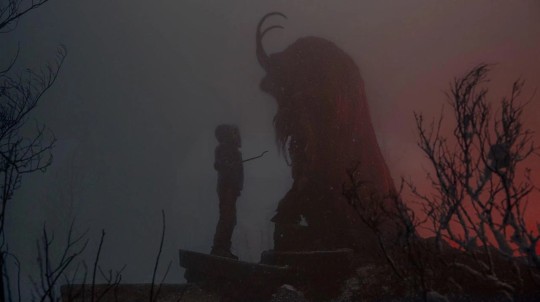
A still from the movie 'Krampus' (2015), directed by Michael Dougherty
The sound of cloven hooves
and the clanking of chains
is all you hear -
as Krampusnacht,
it is near.
The name of 'Krampus' might not be that well-known in our big world, but in the recent years this folkloric figure has made it to the big screen, appearing in a central role in the movie Krampus (2015).
The origins of Krampus are unknown, although this being most likely originates from the pre-Christian tradition. It appears mostly in the still-living traditions of the Alpine regions, where on the 5th of December the spirit of Krampus strolls the streets through men dressed in dark suits of sheep or goat skin, with cowbells around their hips, impersonating Krampus while they run around scaring the children. This night is commonly referred to as 'Krampusnacht', and it is followed by the day of Saint Nicholas (December 6th), who subordinates Krampus and leads him by his chains as the saint leaves the good-behaving children their presents. However, if the children were naughty, they might be given sticks instead of presents by Krampus itself, or even worse - Krampus might take them to his lair by trapping them in a sack it drags with it for these occasions only.

Krampusnacht in Tyrol, 2013. Photo by Sean Gallup.
Folklorically speaking, Krampus is classified as a horned devil type of creature. As such, some anthropologists have suggested that it may have been a certain pagan horned deity or spirit that has been assimilated into Christian mythology by becoming a Devil-like being.
However, no matter what its original story is, Krampus is a prime example from the wild, dark and primeval pre-Christian imaginarium. A story so ancient that it barely has a name, but one so persistent that it still inspires and evolves.
-Heidi (@theatrum-tenebrarum)
#krampus#krampusnacht#devil#alps#folk#folklore#darkfolklore#folkhorror#folklorist#anthropology#anthropologist#ethno#ethnology#myth#myths#rural#winter#stnicholas#december#wintersolstice#story#storytime#storyteller#spooky christmas#horror#writing#interesting#folkloreinpopularmedia#own
12 notes
·
View notes
Text

55 notes
·
View notes
Text



Women's mules from the region of Sindh in Pakistan, 1970s
76 notes
·
View notes
Text
What if chance ctrl+Z'd so fucking hard he yeeted himself back into a toddler.



#ethno#Hornet#Tusk#Chance#my art#q#radiance#layla#herrah#comic#ethno au#Hornet: jesus fucking christ how does he keep doing this shit#Layla (forgotten how stubborn toddlers are): Oh this is perfect now chance is young and malleable into my perfect minion :)#Tusk: hehe baby
43 notes
·
View notes
Text
Аварка из селения Гоор, Дагестан, 1958 год
Avar woman from village of Goor, Dagestan, 1958

#dagestan#ethno#old caucasus#caucasus#folklore#tradition#caucasian tradition#dagestanpeople#dagestan village#dagestan costume#дагестан#кавказ#этника#искусство кавказа#национальный костюм#дагестанская культура#дагестанские традиции#история#traditional#ethnographic
4 notes
·
View notes
Text
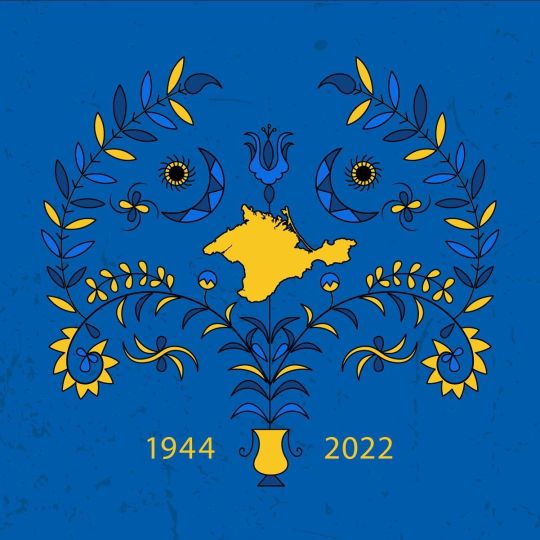
National Crimean Tatar ornament Örnek was included in the intangible cultural heritage of mankind by UNESCO. Stylized ornament (c) Aviatsiya Halychyny
#ukraine#украина#україна#crimea#crimean tatars#art#ethno#ethnic#Крим#крым#кримські татари#крымские татары#арт#етно#этно
281 notes
·
View notes